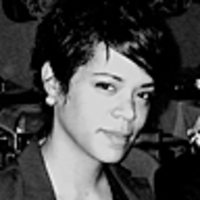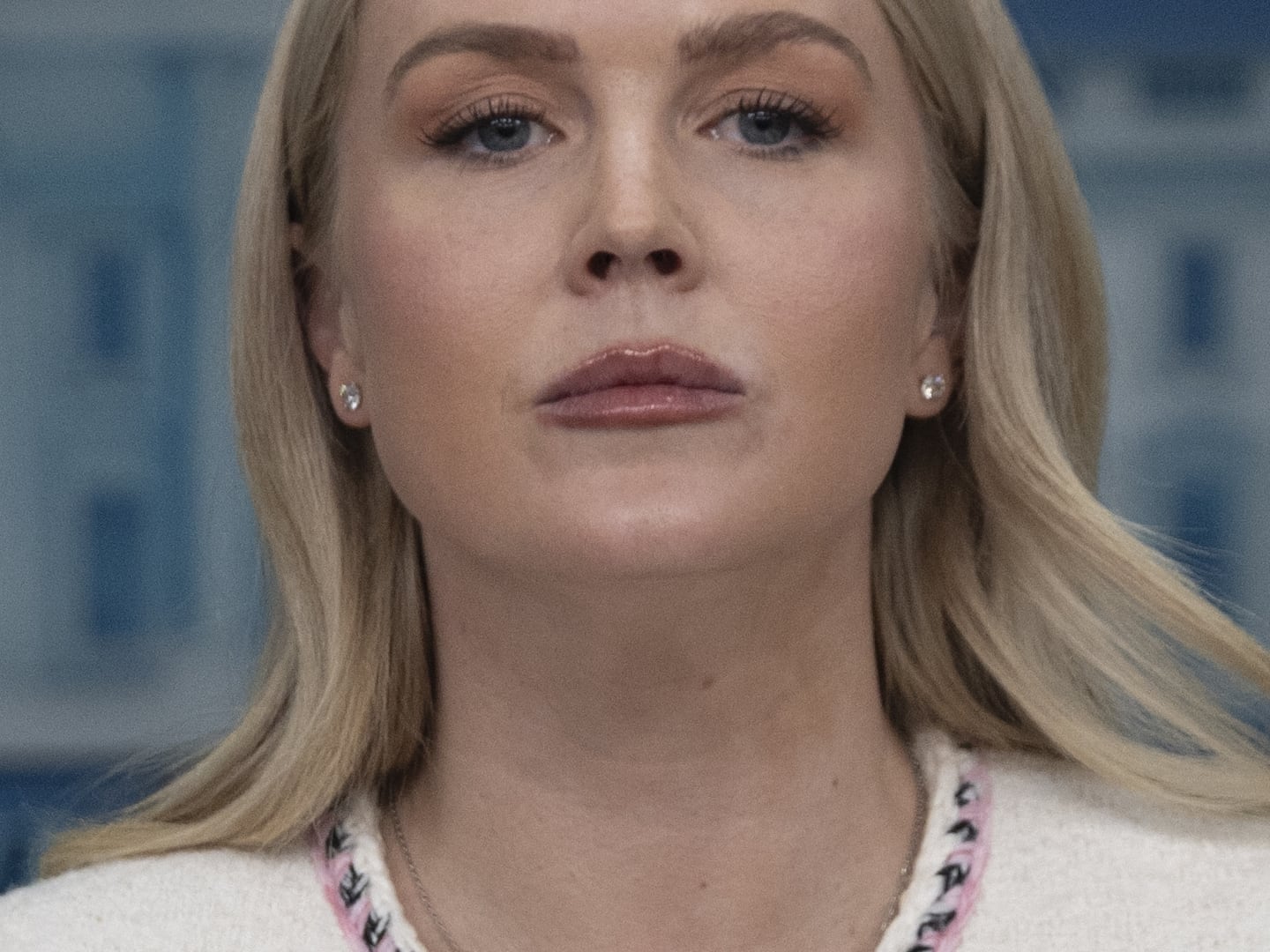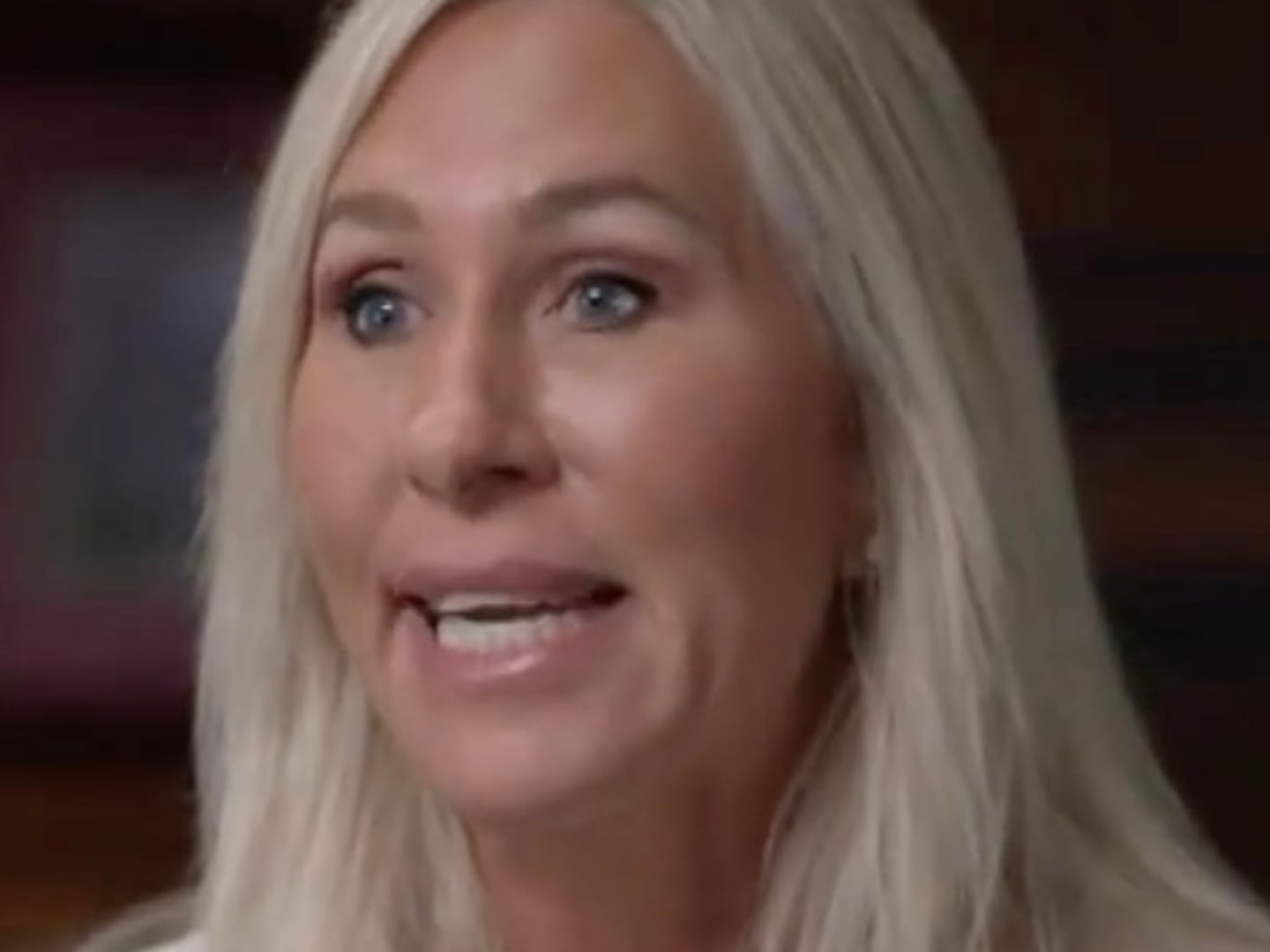
Today is the first day of the last Fall Fashion Week in Midtown Manhattan. It’s the final time models will strut around in Spring looks under the gleaming white tents that pop up on Bryant Park twice a year. It’s the last September when the homeless will tangle with paparazzi, when pin-thin fashionistas will get dolled up in their early Fall wardrobes and blacked-out Town Cars will block traffic a stone’s throw from Times Square. After 16 years, this is it.
Come September 2010, the show is moving to Lincoln Center, home of opera, art, and the theater. (That is, if the numerous designers don’t rebel against the new venue and move to alternate venues, like Milk Studios, that have sprung up to steal the tents’ thunder.) But on the Upper West Side, near four-star restaurants and Central Park, the Lincoln Center alternative certainly seems fitting—but it also marks the end of an era.
CLICK THE IMAGE TO VIEW OUR GALLERY OF FASHION WEEK'S MEMORABLE MOMENTS

From models toppling over at Hervé Léger’s February 2009 show to Barbie’s 50th-anniversary celebration last year, the action on and around the tented runways has set the tone for Fashion Week as we know it. This is where Fern Mallis, vice president of IMG and the genius behind New York Fashion Week, helped to mastermind the 2004 marriage proposal of cosmetics owner Marc Beckman to designer Alice Roi on the runway of her show’s finale, with models holding signs that read, “Will you marry me?”
The first Fall Fashion Week, held in 1993, was “magical,” says Mallis. “There was a ribbon-cutting ceremony with Mayor David Dinkins’ wife, since he couldn’t be there. It was a very big deal.” But with Mallis at the helm, Vogue’s Anna Wintour and André Leon Talley front and center, and swarms of the most talented designers, models, and makeup artists finally merging in one space, fashion lovers (and A-, B-, and C-list celebrities alike) took notice early on, helping to make the tents the axis of New York Fashion Week.
By September 1999, the frivolity and glamour was in full swing under the tents. With high retail sales and a booming economy, things looked promising. But midway through the week, Hurricane Floyd descended on the city, forcing the tents into lockdown for the afternoon. “We always have a Plan B,” says Mallis, “but it is one of my most memorable moments.” She was determined to go forth with at least one act before calling it quits for the day, and called in professional engineers to make sure the leaky cover didn’t drip onto the elaborate lighting scheme of Bill Blass’ final show. Wearing rubber boots and a rain hat, she encouraged Blass’ well-heeled audience (including Brooke Astor) to “Stay put” for one of “the most beautiful shows” ever held during Fashion Week. “We shut the tents after that,” she says. “There wasn’t a dry eye in the house.”
Fashion rebounded from the storm and rounded out the millennium on a high note. But the World Trade Center attacks of September 11, 2001, paralyzed New York and shut down the tents again. “It was my job to tell Oscar de la Renta to leave immediately—that we were evacuating and to grab your things and go,” Mallis says, “that was not a climate where people were going to watch pretty girls walking down the runway. It felt like the world was going to end.” The tents quickly morphed into relief centers, offering resources to those who might go without.
The following season, Fashion Week found its patriotic side, with Stephen Sprouse’s stars-and-stripes decoration of the tents’ exterior. Only 24 designers showed that year, and all gathered on the steps one morning as Mayor Bloomberg held a ribbon-cutting ceremony in honor of the 9/11 tragedies.
By 2003, designers were eager to create inspirational looks and strong collections to reaffirm America’s strength and resilience after surviving such a catastrophic time. Proenza Schouler designers Jack McCollough and Lazaro Hernandez made their debut in 2004, a dramatic showing that ushered them into the big leagues.
By 2007, fashion was back and louder than ever. Heatherette caused a stir with their Wizard of Oz-themed show when they sent stars down the glittery catwalk. With Lydia Hearst as Dorothy and Amanda Lepore as Glinda the Good Witch, the ‘80s glam-rock designers turned the front steps of the tents into an uncooperative “soul sucking mess” of angry ticket holders, many of whom failed to ever successfully make it to their seats.
In the last few years, the tents at Bryant Park took on a larger-than-life appeal, with the front stairs full of the kind of posing and preening more common to red carpets at awards shows. As the media fanfare heightened and Vogue editor Anna Wintour refused to take off her furs in the front row, PETA found their way to the tents in protest. In 2008, they set their sights on Donna Karan, dubbing the designer a “Bunny Butcher.” But, as with any well-planned production, the show went on beneath the tents, and Karan’s polished collection earned rave reviews.
Beyond the chaos, Bryant Park has been a grand success for Fashion Week. Looking forward to the move to Lincoln Center, Mallis admits that while she’s “become attached to the neighborhood, there will be new, better, exciting ventures—collaborations with art venues and more public transportation!” All in all the wizard of Fashion Week’s past can assures us, “the change will be great.”
Elizabeth Gates is a style correspondent for The Daily Beast. She is a graduate of The New School University, where she cultivated her love for fashion and writing. A former intern at Vogue Magazine, her interest in image, art and fashion has driven her desire to contribute to the vast narrative of modern culture in America and abroad.






